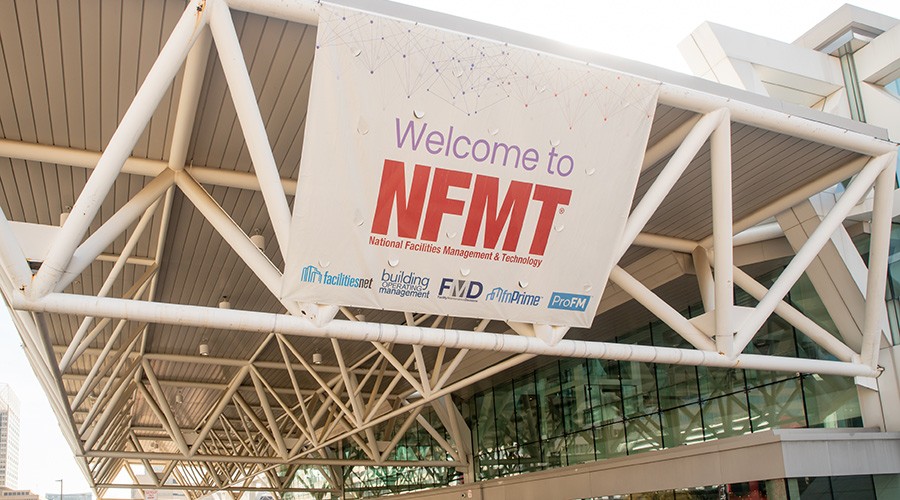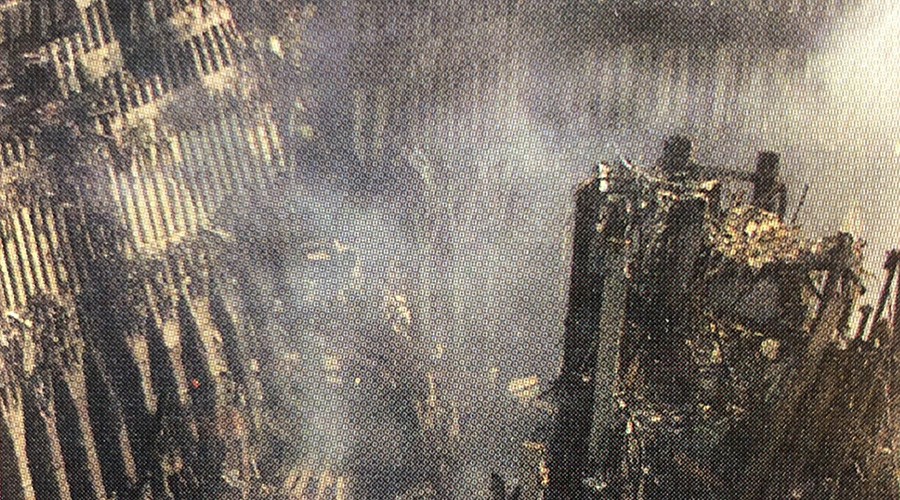The Value of a "One-Stop Shop" Approach to Facilities Management
Bert Gumeringer's ability to streamline the hospital's facilities management, operations, security, and communications paid huge dividends during Hurricane Harvey.
Bert Gumeringer’s ability to take charge and make positive changes was evident early on in his tenure at Texas Children’s. When he arrived, the security services and facility engineering departments each had their own response centers that did similar work but didn’t share resources or information. When Gumeringer assumed leadership of the groups, he combined them into a single-service response center.
This became the genesis for what’s now known as “mission control,” Gumeringer says. It manages dispatching, security, emergency generator monitoring, medical gas, elevators, building automation, and work-order management, among other functions.
Several years after the initial launch of mission control, Gumeringer and his colleagues were talking with the vice president of nursing about creating a similar service response center, only focused on patient care. It made sense to use space available within the existing service response center to develop a system to manage patient movement, such as transfers and room assignments.
Today, from mission control, it’s possible to monitor patients coming from outside the facility, including ambulance and aircraft traffic, Gumeringer says. As a result, hospital personnel can bring patients into the facility much more quickly, which can improve clinical outcomes.
Mission control provides information on facility operations, patient operations, and availability of beds, among other data. “It’s a one-stop shop for managing the operation of the hospital,” Gumeringer says.
Communication and information
Having a single source for communication and information was key to the ability of Gumeringer and his team to manage Harvey as deftly as they did. “In an event like this, there’s a tremendous need for information,” he says. Gumeringer set up conference lines so all employees could listen to daily briefings and remain up to speed. In addition, the leaders in the organization held daily briefings, ensuring everyone was working with and making decisions from the same information. “There are a lot of checks and balances in how the information gets conveyed,” Gumeringer says.
To that end, Gumeringer and his colleagues turned to Texas Children’s web-based crisis management system to communicate requests for service, whether ordering fuel or accessing a helicopter. Each request was written down, triaged, and then assigned. Once the work was completed, it was signed off.
“We wanted to be very precise about what we were requesting,” not only from employees of Texas Children’s, but from the city of Houston, and from Harris County Emergency Services, Gumeringer says. Texas Children’s wanted to be sensitive to the needs throughout the Houston area for rescue and other services, so that it didn’t hinder those operations. “Communication is really the hallmark of these events. It needs to be precise. It needs to be responsive, and it must be timely,” he says.
One of Texas Children’s most critical needs was for additional employees. That required relaying information about which roads to the hospital were open, as well as which employees were needed, and when. Everyone already on-site was working consecutive 12-hour shifts, and fatigue was a real risk. Moreover, some employees had homes that were sitting in several feet of water. As soon as the weather broke, Gumeringer and his team tried to bring in replacement nurses, engineers, and other employees.
“He really cares about his people,” Hamm says of Gumeringer. “He looks out for Texas Children’s patients and employees, no matter the challenge.”
While Harvey was unique in the magnitude of the devastation it wrought, it wasn’t the first hurricane Gumeringer had experienced. He helped guide Texas Children’s through Hurricane Rita in 2005 and Hurricane Ike in 2008. “We’ve planned and drilled over the years and adjusted,” he says. “One of the things we do very well is manage our emergency response with regard to hurricanes.”
When Gumeringer and his colleagues know severe weather is coming, they assemble three teams. One is the prep team. Among other responsibilities, these team members make sure construction sites are closed up, and secure additional water, fuel, and other supplies.
The second group is the “ride out team.” They’re in the hospital during the storm, managing and operating the facilities.
After the storm, the recovery team steps up. Their focus is on restoring the facility to normal operation, assessing damages, and arranging for repairs.
Harvey presented unique challenges, as it left so many roads impassable. “We had to do a lot of creative things,” Gumeringer says. One patient needed medication that was located on the other side of a flooded interstate. “We made arrangements with the Army Reserve Unit stationed in Conroe, Texas, to fly the medication to the hospital,” Gumeringer says.
Gumeringer then used the helicopter to move clinical supplies to the Texas Children’s location in The Woodlands. “This was the first time that we’d embraced the use of helicopters for part of our emergency response,” he says. He also engaged the Coast Guard to airlift patients who needed renal dialysis to the hospital.
Gumeringer’s hard work and creativity helped ensure that Texas Children’s never lost power, and that no patients were harmed during the storm. And once Harvey passed, Gumeringer arranged to transport a tank of potable water no longer needed by Texas Children’s to other hospitals. “He was tirelessly committed, morning to night,” Hamm says.
Related Topics:















